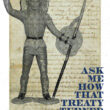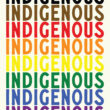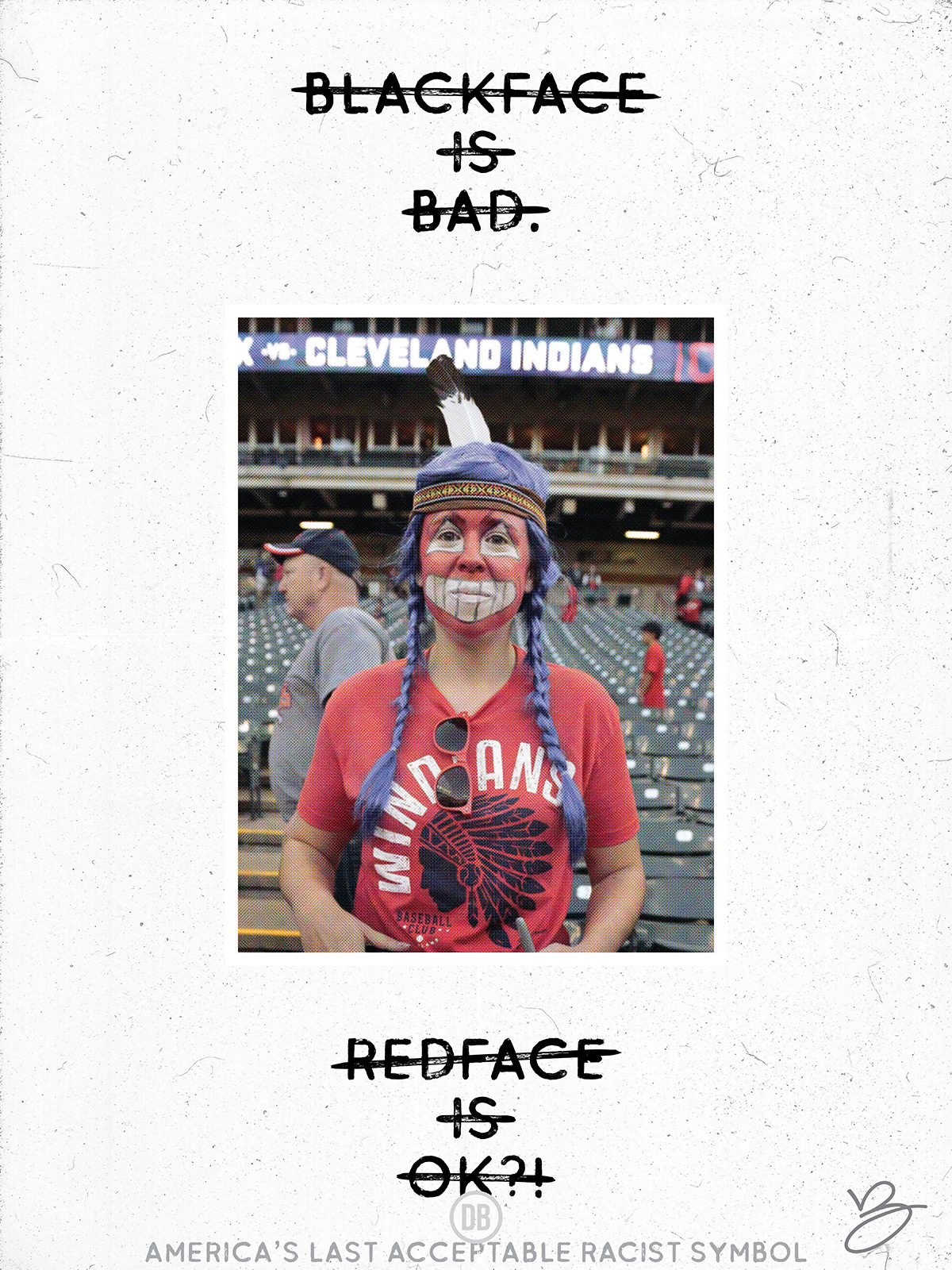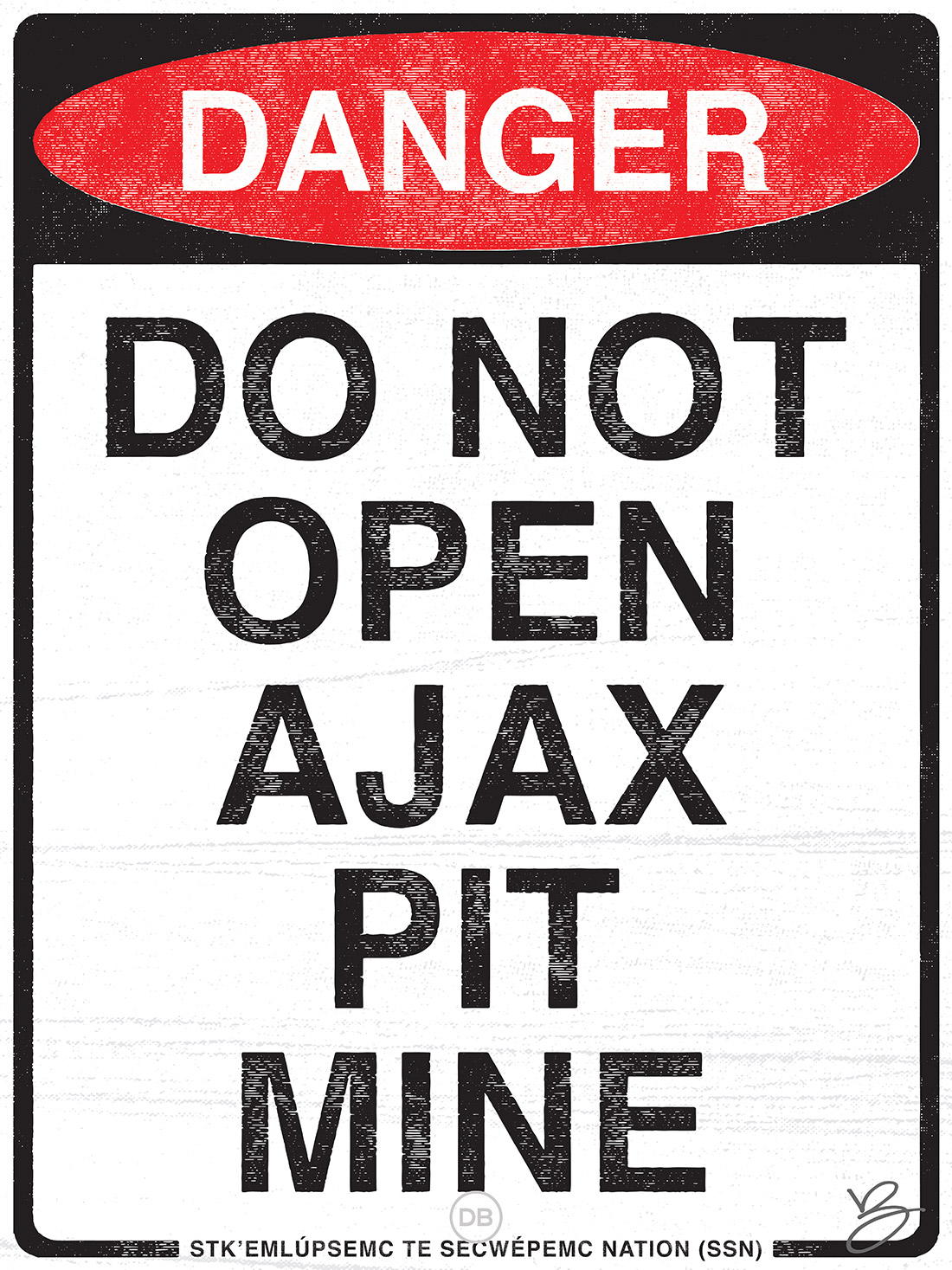Articles
“Redface may get less attention because of ingrained misconceptions and feelings of entitlement to Native American culture and land, scholars say. Native Americans also are a relatively small group, making up less than 2 percent of the U.S. population. Blacks, by comparison, make up about 13 percent.
Convincing the masses that stereotyping Native Americans as savage, ignorant or humorless is insulting has been a slow movement, scholars say, and one they aren’t sure will gain steam.
Throughout America’s history, people have donned redface, worn fringe and feathers, and spoken in broken English as they “played” or portrayed Native Americans in theater, film and everyday life. In one of the earliest examples, colonists dressed as Mohawk Indians dumped tea into the Boston harbor in 1773 in protest of British rule.
Early settlers wanted to take what they saw as the best values of Native Americans while simultaneously seizing the land and destroying tribal communities, scholars say.
Part of that was a desire to be seen as indigenous to the new land. Secret societies based on Native American symbols, customs and terminology formed and still exist, such as the Improved Order of Red Men and the Boy Scouts’ Order of the Arrow.”
– The Salt Lake Tribune, While redface is ‘every bit as deep as blackface minstrelsy and slavery,’ Native Americans say it hasn’t gotten the same attention as other racist imagery.
“Most people think those images, largely based on 19th century Plains Indians, are who American Indians were and still are, Deloria said. And some believe Natives went extinct.
“There’s a big, long, complicated history to this that’s really deep in American culture,” Deloria said. “It’s every bit as deep as blackface minstrelsy and slavery. It’s just out there, but we’ve kind of forgotten about it.”
Nowhere is redface more prominent than at sporting events featuring teams with American Indian mascots like the Redskins, Braves and Indians, and around Halloween.
In the documentary “More Than a Word” about the Washington Redskins, fans say the team name honors American Indians. Stadiums today are dotted with fans who paint their faces, perform their versions of a American Indian dance or war cry, and wear toy or replica headdresses that are mass-produced.
It’s insulting to many American Indians because headdresses historically were a symbol of honor and respect, earned by tribal chiefs and warriors, they say. Modern-day veterans and leaders sometimes are gifted them in ceremonies and honored with the right to wear them.
“It’s easy to do the comparison: If this was blackface, it wouldn’t be tolerable,” said Little, who co-directed the documentary. “But that also discredits it because you are comparing issues in two separate races and two distinct people.”
Redface for many American Indians isn’t limited to face paint. It also includes clothing and speech.”
– The Lewiston Tribune, Movement to bring an end to ‘redface’ is stagnant.
Download
Download the 18″x24″ poster (.pdf), Indian Country 52 #12 – Redface.
Close Ups



Indian Country 52
Indian Country 52 is a weekly project by David Bernie that uses the medium of posters that promote issues and stories in Indian Country. Follow the series: Indian Country 52
Creative Commons License

This work by David Bernie is licensed under a Creative Commons Attribution-NonCommercial-NoDerivatives 4.0 International License. You may download, share, and post the images under the condition that the works are attributed to the artist.









